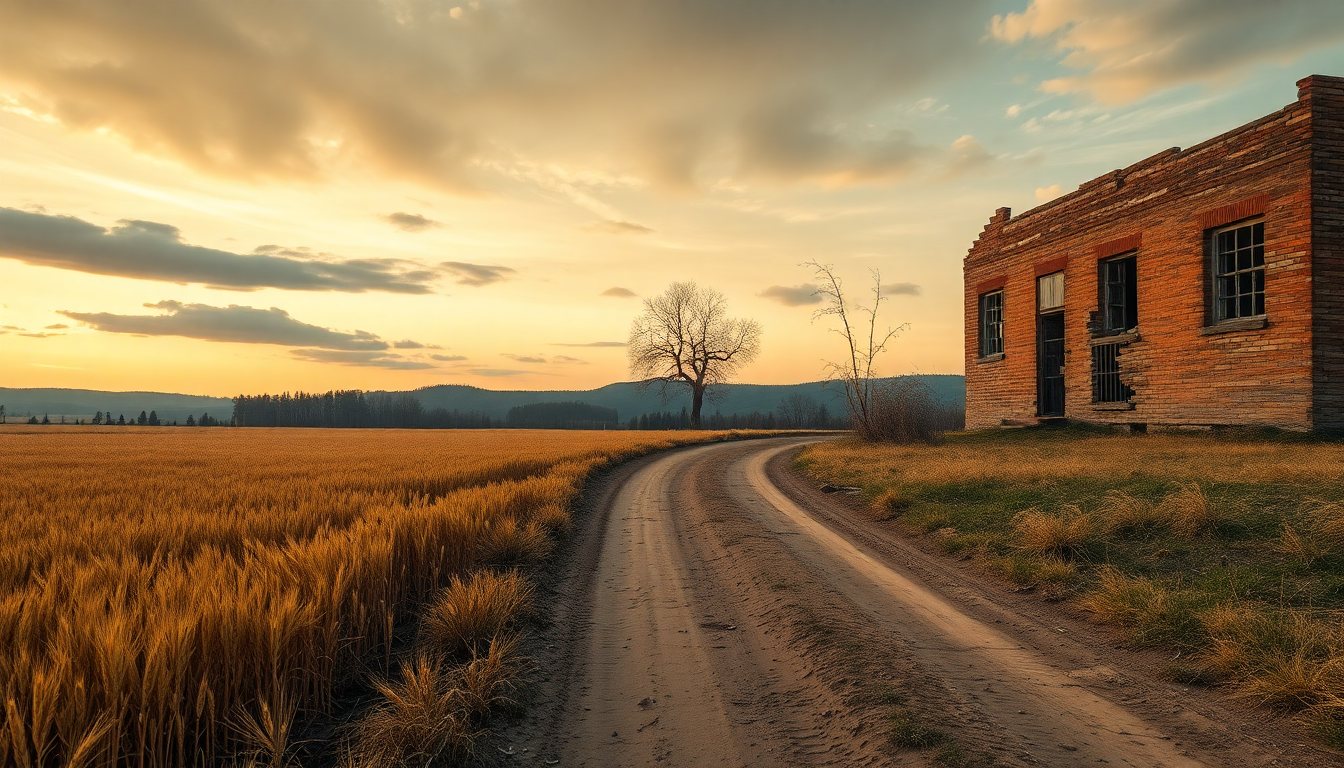Table of Contents
Have you ever watched a film that felt like a window into the soul of a nation? In Dmytro Hreshko’s powerful documentary ‘Divia’, we get just that—a profound look at the ongoing conflict in Ukraine. This film, which is making waves at the prestigious Karlovy Vary Film Festival, explores the devastation of war while shining a light on the resilience of both nature and humanity. Hreshko adopts a sincere and observational style reminiscent of iconic films like ‘Koyaanisqatsi’ and ‘Baraka’. As we dive into ‘Divia’, let’s peel back the layers of meaning woven into this cinematic journey and explore its relevance in today’s world of cinema.
Influences and Artistic Vision
When producer Glib Lukianets first met Dmytro Hreshko, he was immediately struck by Hreshko’s authentic approach to filmmaking. Instead of chasing Hollywood glitz, Hreshko focuses on grounded narratives that emphasize genuine observation rather than dramatization. His inspirations include not only ‘Koyaanisqatsi’ but also a rich array of cinematic works that embrace a meditative storytelling style. He draws from influential films like Ron Fricke’s ‘Baraka’ and Michael Glawogger’s ‘Workingman’s Death’, which beautifully blend visual poetry with deep thematic exploration.
In ‘Divia’, Hreshko seeks to foster a universal understanding of war’s impact—not just the immediate destruction in Ukraine but also the broader environmental and existential threats facing our planet. His goal is to create a film that resonates on multiple levels, inviting viewers to engage with the narrative in their own unique ways. This intention aligns perfectly with the documentary’s aim to balance breathtaking visuals with stark realities, offering audiences a chance to experience contemplation.
Documenting the Destruction and Resilience
As ‘Divia’ unfolds, viewers are faced with heart-wrenching images of war’s toll on the land and its people. Yet, amid the chaos, Hreshko masterfully captures the resilient spirit of nature as it strives to heal the wounds left by conflict. The film showcases breathtaking shots of Ukrainian landscapes, a striking contrast to the devastation, reminding us of what has been lost and what remains vulnerable.
The documentary’s score, crafted by Grammy-winning composer Sam Slater, adds another layer to this emotional narrative. Slater’s ability to weave music that echoes the film’s themes—drawing inspiration from the very landscapes depicted—creates an immersive experience. His collaboration with Hreshko involved a deep dive into the film’s emotional core, blending elements that resonate with viewers’ personal experiences of loss and recovery. Together, they navigated the delicate balance between despair and hope, resulting in a soundtrack that elevates the visual storytelling.
The Cultural Mission of Ukrainian Filmmakers
In a world gripped by conflict, filmmakers like Hreshko embrace a crucial cultural mission. They aim to convey the realities of war—not just to their local audiences but to the global community. Hreshko recognizes the challenges of staying focused amid chaos, highlighting the importance for Ukrainian artists to protect their emotional well-being while sharing their homeland’s story. He stresses the need to keep the conversation alive, even when the world appears indifferent to the struggles of those affected by war.
As ‘Divia’ seeks to illustrate the duality of destruction and resilience, it stands as a clarion call for awareness and action. The film serves as a reminder that nature, much like humanity, has the capacity to heal, albeit in a transformed state. Hreshko’s vision extends beyond the immediate narrative; it inspires reflection on the broader implications of environmental degradation and the urgent need to safeguard our planet for future generations.
Ultimately, ‘Divia’ transcends being merely a film about war; it’s a meditation on the relationship between destruction and renewal. It challenges viewers to ponder the fragility of existence while celebrating the enduring strength of life. Through Hreshko’s lens, we are invited to witness not only the scars of conflict but also the seeds of hope that thrive in the resilience of both nature and humanity.


